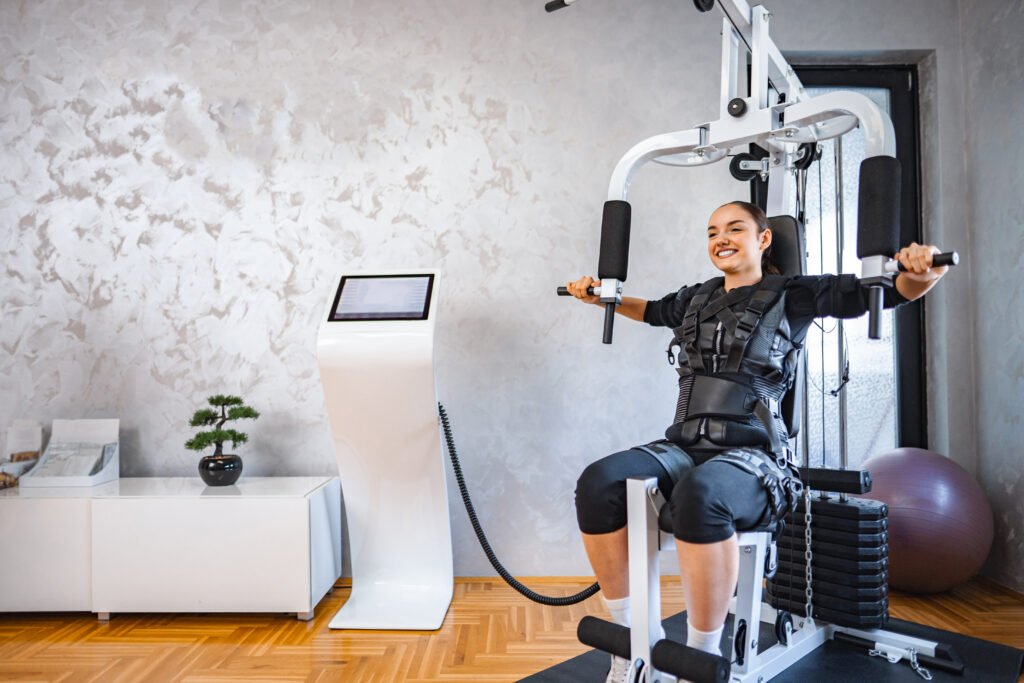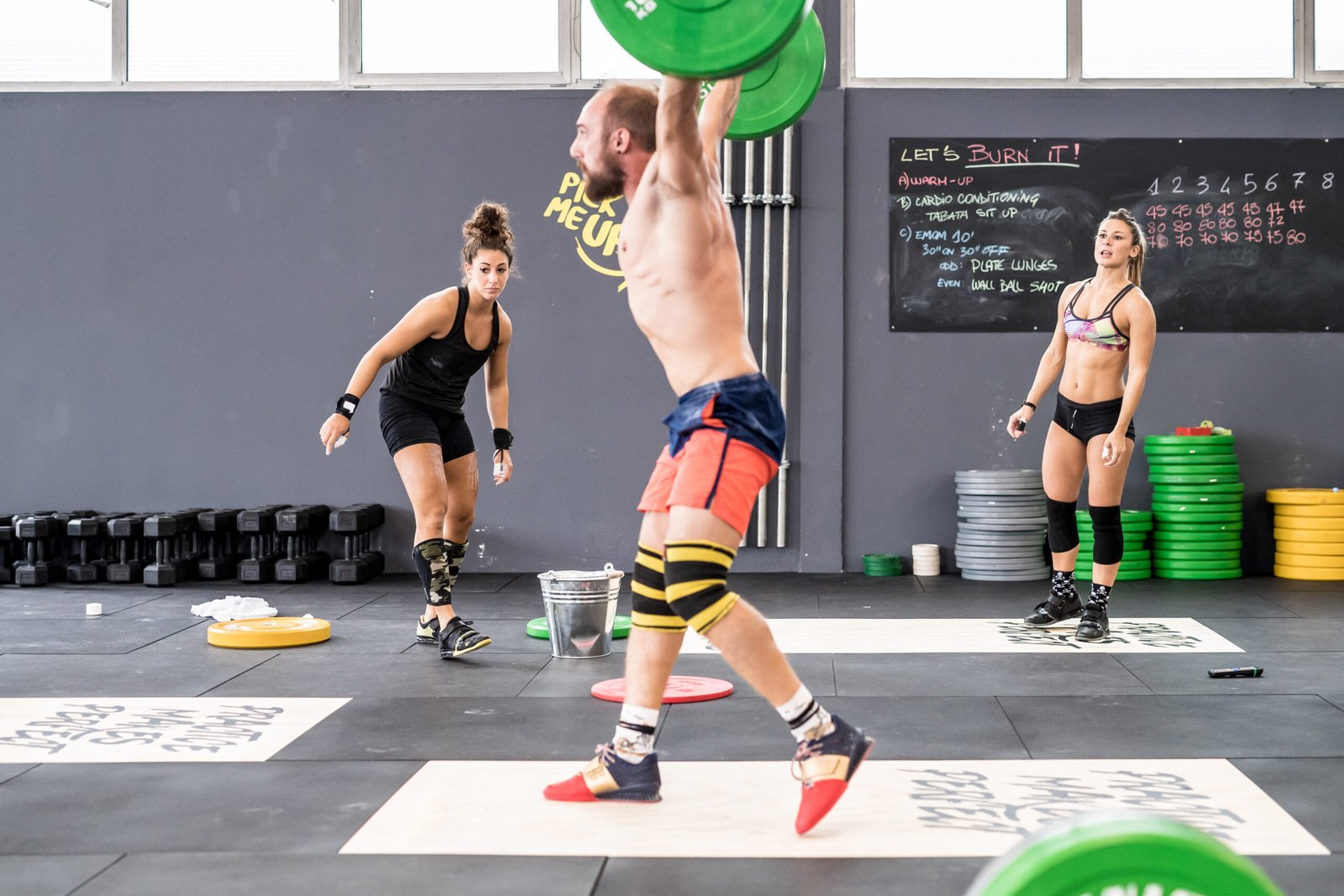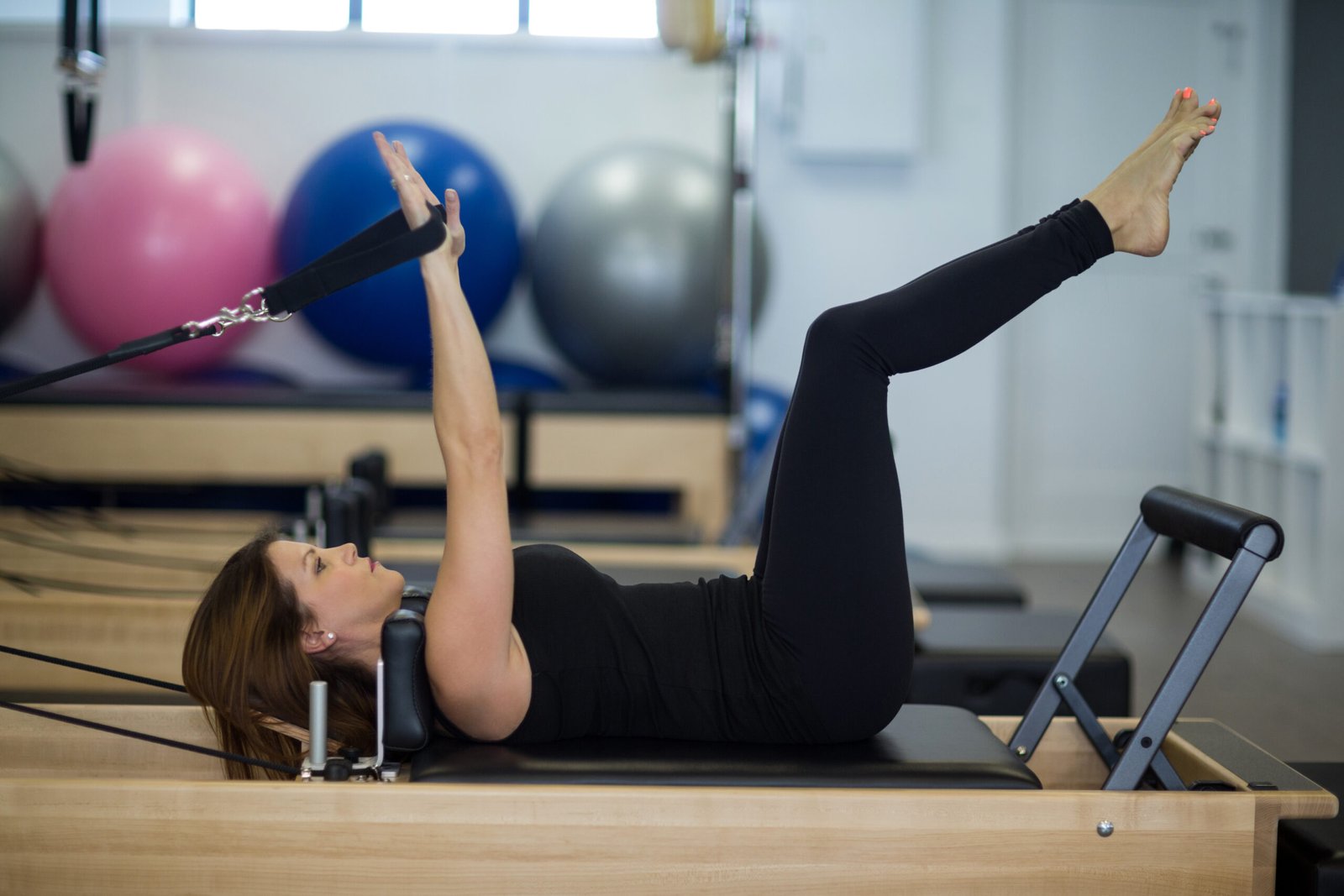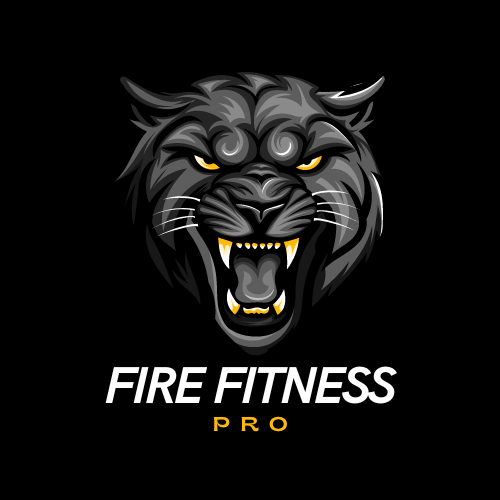Designing a Home-Based Strength Training Routine can seem daunting, but with the right Essential Equipment and Exercises, you can craft a regimen that rivals any gym. In this blog post, we will guide you through the process of building an effective home workout plan that not only fits your space but also meets your individual fitness goals. Whether you aim to boost strength, increase endurance, or grow muscles, you’ll discover everything needed to unlock your ultimate home gym.
How To Build Your Own Workout Routine: Plans, Schedules, and Exercises
| Fitness Goal | Recommended Equipment | Suggested Exercises |
|---|---|---|
| Strength | Dumbbells, resistance bands, kettlebells | Squats, push-ups, deadlifts, rows, chest presses |
| Endurance | Dumbbells, resistance bands, kettlebells | Lunges, squats, burpees, plank holds, running intervals |
| Muscle Growth | Adjustable dumbbells, resistance bands | Bench presses, barbell squats, bicep curls, resistance band pull-aparts |
| General Fitness | Dumbbells, resistance bands, stability ball | Push-ups, lunges, squats, resistance band exercises, bodyweight circuits |
| Core Strength | Stability ball, yoga mat, resistance bands | Planks, glute bridges, resistance band crunches, stability ball roll-outs |
Building a personalized workout routine is the cornerstone of effective home-based strength training. To begin, identify your specific fitness goals, whether they focus on enhancing strength, improving endurance, or achieving muscle growth. This foundational step ensures your routine is tailored to yield the results you desire. Once your goals are clear, select essential equipment that aligns with your space and workout needs. Key items might include dumbbells for weight lifting, resistance bands for dynamic exercises, or even utilizing bodyweight for space-saving routines. It’s vital to create a balanced schedule that alternates between different muscle groups, allowing for recovery and steady progress. Include a mix of compound and isolation exercises to engage multiple muscles while focusing on specific areas of improvement. Regular assessment of your progress will help you adjust your routine, continually challenging your body and preventing plateaus, ensuring that your efforts lead to tangible, long-term benefits.
– Identify fitness goals: Clarify if your focus is on strength, endurance, or muscle growth.
– Select essential equipment: Dumbbells, resistance bands, or bodyweight options.
– Create a balanced schedule: Alternate muscle groups and incorporate rest.
– Mix of exercises: Combine compound and isolation exercises for comprehensive training.
– Track and adjust progress: Ensure continuous improvement and challenge.
Home Gym Workout Plan

Creating a structured home gym workout plan can significantly enhance your strength training effectiveness. Your plan should highlight the convenience and versatility of incorporating essential equipment like dumbbells, resistance bands, and kettlebells for a comprehensive routine. Aim to include a variety of exercises that target major muscle groups to ensure balanced development and avoid any muscle imbalances. Tailor each exercise to match your fitness level and goals, to promote progressive improvement as you build strength and endurance at home. A well-arranged workout plan serves as your roadmap to achieving fitness success from the comfort of your own home.
– Essential equipment: Dumbbells, resistance bands, kettlebells.
– Comprehensive exercise variety: Targeting major muscle groups.
– Customization: Tailor exercises to fitness levels and goals.
What are the Essential Pieces of Equipment Needed to Start a Home-Based Strength Training Routine?
| Equipment | Description | Benefits | Key Features |
|---|---|---|---|
| Adjustable Dumbbells | Space-saving and versatile for a variety of exercises. | Allows for progressive overload; Compact design. | Adjustable weight, ergonomic grips. |
| Resistance Bands | Portable and ideal for both upper and lower body exercises. | Adds resistance for strength and flexibility. | Different resistance levels; lightweight. |
| Stability Ball | Used for balance and core strength exercises. | Enhances balance, core stability, and flexibility. | Anti-burst, easy to inflate. |
| Yoga/Exercise Mat | Provides comfort for floor exercises and stretches. | Reduces strain on joints; enhances comfort. | Non-slip surface; portable. |
| Pull-up Bar | Mounted in a doorway for upper body exercises. | Targets back, arms, and shoulders. | Easy to install; adjustable width. |
Starting a home-based strength training routine is made efficient and effective with the right essential equipment. One of the most versatile tools is adjustable dumbbells, which save space and allow for a wide range of weight options, making them ideal for varied exercises. Resistance bands are another indispensable item; they are affordable, portable, and provide different levels of resistance, perfect for targeting diverse muscle groups. Incorporating a stability ball can add an extra challenge to your workouts, particularly for enhancing core strength and balance. A yoga or exercise mat is also essential, offering comfort during floor exercises and stretching routines. Finally, a pull-up bar, which can be easily installed in a doorway, supports upper body strength building with exercises like pull-ups and chin-ups. These pieces of equipment will lay the foundation for your successful home strength training journey.
– Adjustable Dumbbells: Ideal for space-saving and varied exercises.
– Resistance Bands: Portable and versatile for all muscle groups.
– Stability Ball: Enhances core strength and balance in workouts.
– Yoga/Exercise Mat: Essential for comfort and support during exercises.
– Pull-up Bar: Key for upper body strength exercises.
Can I Design an Effective Strength Training Routine at Home Without Any Equipment?
| Exercise | Target Muscles | Benefits | Modification Tips |
|---|---|---|---|
| Push-ups | Chest, triceps, shoulders | Strengthens upper body and core stability. | Perform on knees or incline for easier modification. |
| Squats | Quads, hamstrings, glutes | Builds lower body strength and improves mobility. | Start with bodyweight, then progress to jump squats. |
| Lunges | Glutes, quads, hamstrings | Improves leg strength, balance, and coordination. | Do walking lunges or stationary lunges for variation. |
| Planks | Core (abs, lower back) | Builds core strength and stability. | Perform on knees for a modified version. |
| Burpees | Full body (cardio, legs, core) | Full-body conditioning, boosts heart rate, and endurance. | Modify by stepping instead of jumping for low-impact. |
Designing an effective strength training routine at home without any equipment is absolutely possible, focusing on bodyweight exercises. Classic exercises such as push-ups, squats, lunges, planks, and burpees are excellent for targeting major muscle groups and building overall strength. These exercises can be modified by adjusting the tempo or adding variations, which increases intensity and makes the workout more challenging. Key to success in this equipment-free approach is consistency and proper form, essential for safety and achieving desirable results. By setting clear goals and gradually increasing the difficulty of workouts, one can maintain motivation and track progress over time. This equipment-free approach showcases that a powerful workout is achievable at home through commitment and smart exercise selection.
– Push-ups: Engages chest and triceps.
– Squats: Targets lower body muscles.
– Planks: Builds core stability.
– Lunges: Enhances leg strength and balance.
– Burpees: Full-body workout for endurance and power.
What are Some Key Exercises to Include in a Home-Based Strength Training Routine for Beginners?

For beginners embarking on a home-based strength training routine, focusing on compound exercises can effectively build a solid foundation of fitness. Start with staples like squats, lunges, and push-ups, which engage multiple muscle groups and promote overall strength. Resistance band exercises such as rows and deadlifts add variety and challenge different muscles, enhancing overall physical fitness. Incorporate bodyweight exercises like planks and glute bridges to improve core stability and functional fitness. Initially, it’s important to use lighter weights or bodyweight to perfect form and prevent injury, then gradually increase resistance as strength improves. A balanced routine that targets key areas, including the upper body, lower body, and core, ensures comprehensive strength development and effectively prepares beginners for more advanced workouts.
– Squats: Develop lower body strength.
– Lunges: Improve leg and core stability.
– Push-ups: Strengthen upper body and core.
– Resistance Band Rows: Target and develop back muscles.
– Glute Bridges: Enhance lower back and glute strength.
How do I Determine the Right Number of Sets and Repetitions for My Home Strength Training Exercises?
| Fitness Goal | Recommended Sets | Recommended Reps | Focus |
|---|---|---|---|
| Strength | 3-5 Sets | 4-6 Reps | Focus on high weight and lower reps to build strength. |
| Muscle Growth | 3-4 Sets | 8-12 Reps | Moderate weight and reps to stimulate muscle growth. |
| Endurance | 2-4 Sets | 15-20 Reps | Lower weight and higher reps to enhance endurance. |
| General Fitness | 2-3 Sets | 8-12 Reps | Balanced approach for overall fitness improvement. |
Determining the right number of sets and repetitions for your home strength training exercises requires an understanding of your fitness goals. If your aim is to build strength, endurance, or muscle mass, this will dictate the structure of your routine. Beginners often start with 1-2 sets of 8-12 repetitions for each exercise, which allows you to focus on perfecting form. As you gain strength and confidence in your routine, you can gradually increase the number of sets and reps. Tailor your workout by varying these elements based on specific exercises and the progress you observe. Incorporating a mix of low, medium, and high-repetition sets can help target different muscle fibers, thus enhancing overall fitness and preventing routine stagnation. This approach ensures that your workout evolves with your growing capabilities.
– 1-2 Sets of 8-12 Reps: Ideal for beginners focusing on form.
– Increase Sets/Reps Over Time: To match strength and confidence growth.
– Vary Sets/Reps: Keep routines fresh and challenging.
– Mix Repetitions: To engage different muscle fibers for balanced fitness.
Are There Any Safety Tips I Should Follow When Performing Strength Training Exercises at Home?
| Mistake | Consequences | How to Avoid |
|---|---|---|
| Incorrect Form | Increased risk of injury, ineffective workouts | Focus on proper technique, use a mirror or record yourself for feedback. |
| Overtraining | Muscle fatigue, injury, burnout | Incorporate rest days, listen to your body, and avoid excessive intensity. |
| Not Warming Up | Poor performance, higher risk of muscle strains | Always perform a 5-10 minute warm-up (dynamic stretching or light cardio). |
| Skipping Cool Down | Muscle stiffness, reduced flexibility | Perform stretching or foam rolling to help muscles recover and improve flexibility. |
| Progressing Too Quickly | Injury, form breakdown, plateauing | Gradually increase weight or intensity, and ensure consistency in your workouts. |
Safety is a top priority when performing strength training exercises at home, ensuring you avoid injury and maximize the benefits of your workout. First and foremost, maintain proper form and technique to prevent injuries during exercises. Always warm up adequately before beginning your strength training routine to prepare your muscles and joints. It’s equally important to gradually increase resistance and intensity, avoiding the temptation to overstrain muscles which can lead to fatigue or injury. Ensure your workout space is free from clutter for a safe environment. Lastly, considering consulting with a fitness professional can be a wise step, especially for newcomers to strength training. They can provide personalized advice and ensure you’re using the correct form and techniques.
– Proper Form: Key to preventing injuries.
– Warm-Up: Prepare your body adequately for exercise.
– Gradual Intensity Increase: Avoids muscle overstrain.
– Safe Workout Space: Minimize clutter to prevent accidents.
– Professional Consultation: Get personalized guidance for newcomers.
Embark on Your Home Fitness Journey
Incorporating these guidelines and understanding the core elements of designing a Home-Based Strength Training Routine will set you up for success. By identifying your fitness goals, choosing the right equipment, and crafting a balanced, focused workout schedule, you’re well equipped to transform your home into a powerful gym setting. Remember, even without equipment, effective bodyweight exercises can provide a significant strength boost. Employ a well-structured plan, such as a PDF workout, to keep your routine on track, and always prioritize safety to ensure long-term fitness gains. As you embark on this empowering journey, the key lies in consistency, intelligent progression, and a dedication to personal growth. Unlocking your potential and achieving a healthier, stronger you right from home is not just possible—it’s within your reach.













